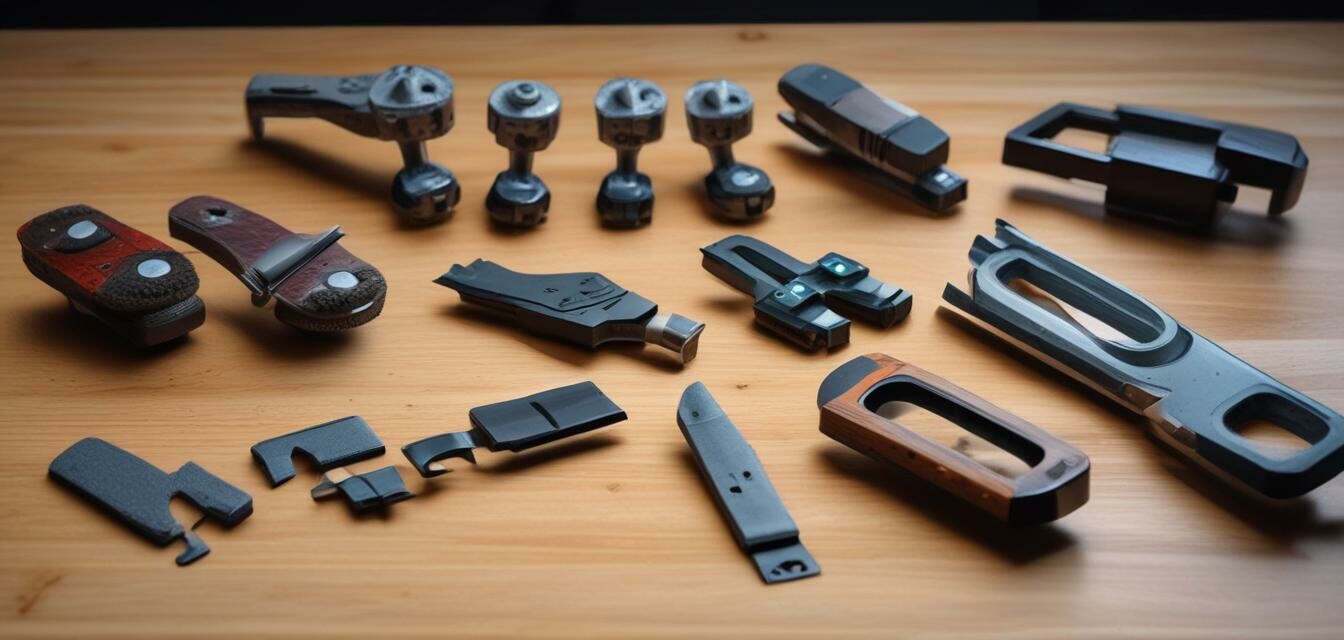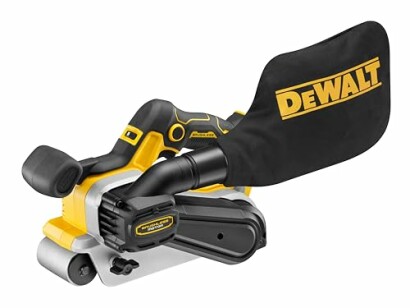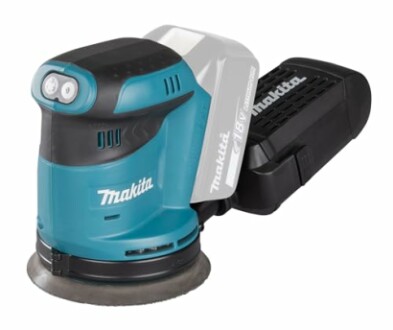
Tips for Using Sanders Effectively
Key Takeaways
- Choose the right type of sander for your project.
- Understand the proper sandpaper grades for different materials.
- Utilize the right techniques for effective sanding.
- Regularly maintain your sander for optimal performance.
- Prioritize safety by using appropriate protective gear.
Sanding is an essential step in woodworking and finishing projects, achieving smooth surfaces that enhance the look and feel of the final product. Different types of sanders serve various purposes and can significantly affect the outcome of your work. This guide will provide you with tips and best practices for using sanders effectively, ensuring you achieve the best results.
Understanding Sanding Tools
Before diving into the best practices, it's important to understand the types of sanders available:
| Type of Sander | Description | Best Use Cases |
|---|---|---|
| Orbital Sander | Uses a circular sanding pad that spins in a random orbit. | Finishing and smoothing wood and painted surfaces. |
| Belt Sander | Utilizes a loop of sandpaper which moves in one direction. | Large surface areas and aggressive material removal. |
| Detail Sander | Small sander ideal for tight spaces and intricate designs. | Finishing work on edges, corners, and detailed projects. |
Best Practices for Using Sanders
- Select the Right Sander: Each type of sander has its unique advantages. For larger projects, a DEWALT DCW220 18V XR Cordless Belt Sander can provide quick and effective results.
- Choose Appropriate Sandpaper: Different grit levels serve different purposes. Generally, use coarse grit (40-60) for heavy material removal, medium grit (80-120) for smoothing, and fine grit (150-220) for finishing.
- Work in a Pattern: Sand in the direction of the grain and use even pressure. This minimizes scratches and ensures an even surface.
- Employ Proper Technique: Lift the sander from the surface while turning it off. This prevents damage from overheating or burning the surface.
- Maintain Your Tools: Regularly check and change sandpaper as it wears down to maintain effectiveness and prevent damage to your sander.
- Stay Safe: Always wear safety goggles and a mask to protect against dust inhalation when sanding.
Using Sanding Techniques Effectively
Mastering sanding techniques will significantly improve your outcomes. Here are some methods to consider:
Sanding with the DEWALT DCW220
DEWALT DCW220 18V XR Cordless Belt Sander
With a belt speed of 320m/min, this sander provides power and precision for your toughest jobs. Ideal for woodworking and finishing projects!
Learn MoreUtilizing the Makita DBO180Z
For finer sanding tasks, incorporating the Makita DBO180Z 18V Li-Ion LXT Sander allows for smooth finishes. It features:
- 3-speed settings for versatile performance.
- Pad brake for controlled operation.
- Hook and loop paper fastening for quick changes.
Makita DBO180Z 18V Li-Ion LXT Sander
Perfect for finesse in your work, with battery power that gives freedom of movement on projects.
Explore NowMaintenance Tips for Your Sanders
Keep your sanders running at their best by following these maintenance tips:
- Regularly clean the sanding pads after each use.
- Inspect your sanding belts and replace them if they are worn out.
- Check electrical connections and cords for wear and tear.
Conclusion
Using sanders effectively requires skill and proper knowledge of the tools available to you. By following these best practices, techniques, and maintenance tips, you can achieve smoother finishes in your woodworking projects. Whether you're a professional contractor or a DIY enthusiast, mastering these skills will greatly improve your results.
For more information on different tools, check out our How-To Guides section for more tips and techniques to enhance your skills.


